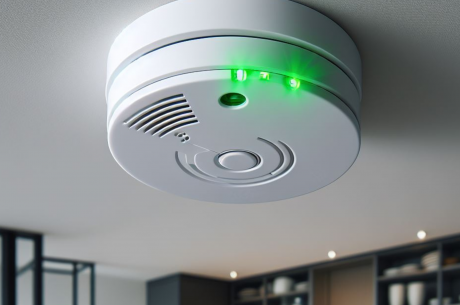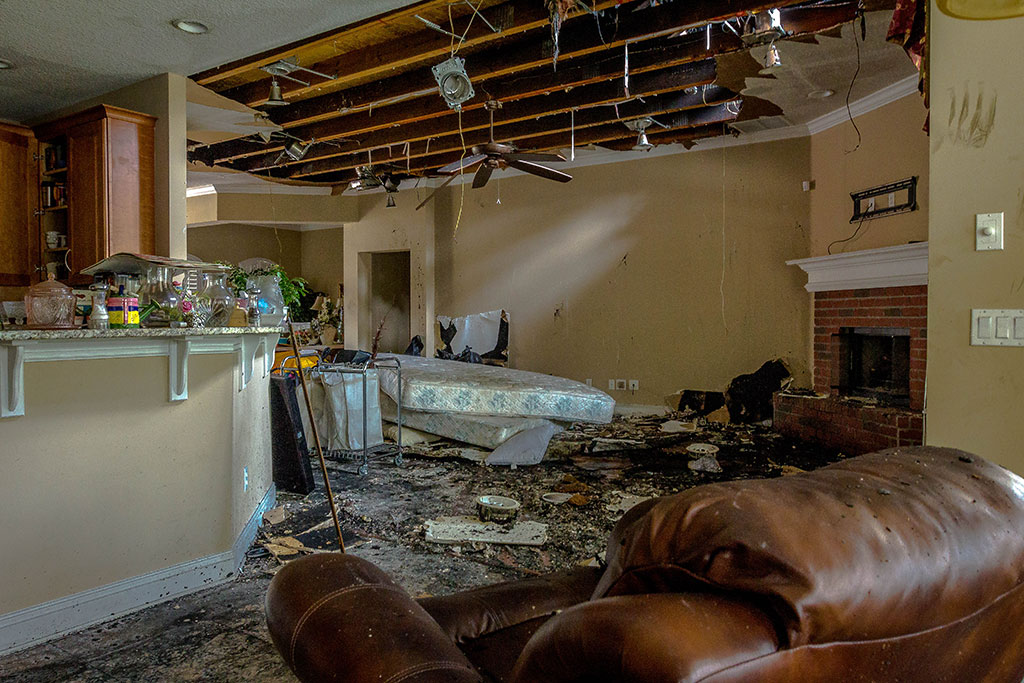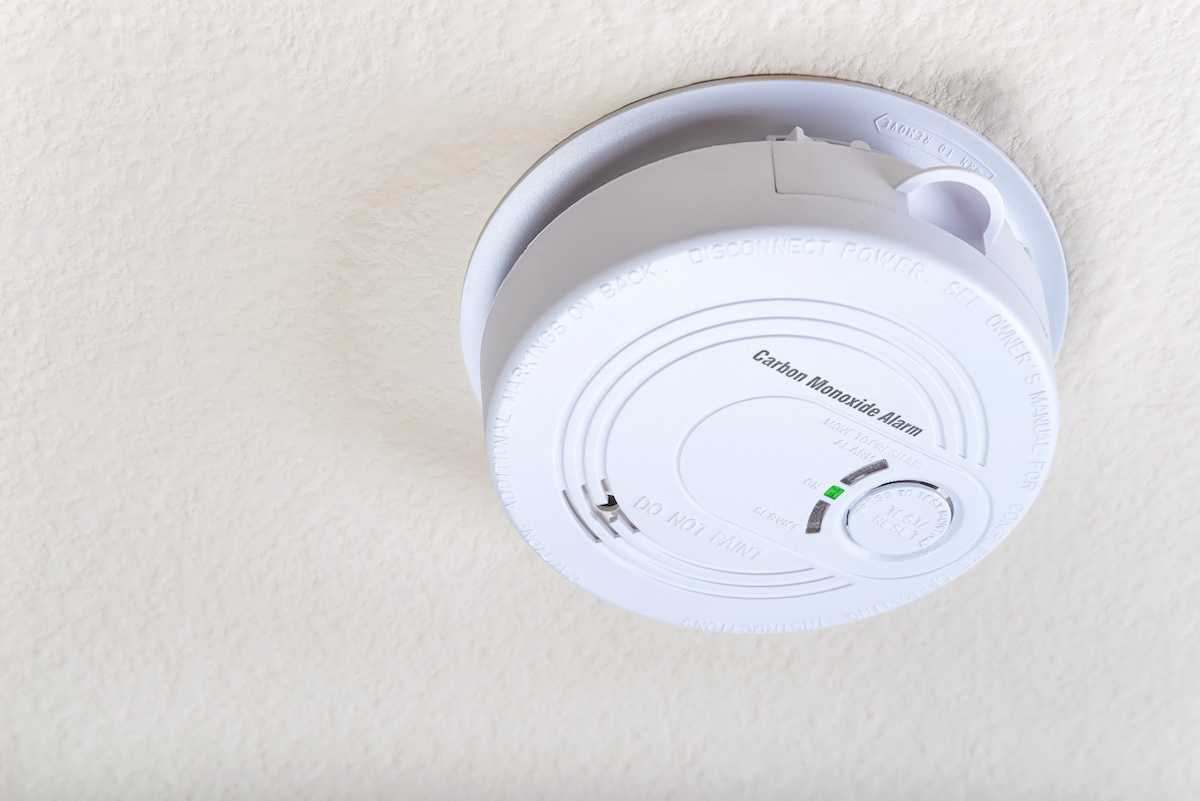Tips to Prevent Fire from Power Bank
In our increasingly connected world, power banks have become essential gadgets, providing a convenient way to keep our devices charged on the go. However, while these portable chargers are incredibly useful, they also come with certain risks, including the potential for fire hazards. With the growing number of incidents related to power bank malfunctions, it’s crucial to understand how to safely use and store these devices to prevent dangerous situations.
In this post, we’ll explore practical tips to help you avoid fires caused by power banks, ensuring that your essential tech stays safe and reliable.
Can Power Banks Cause Fires?
Yes, power banks can cause fires, although such incidents are relatively rare. Fires can occur due to various reasons such as poor-quality manufacturing, internal battery defects, physical damage, or improper use. When a power bank is damaged or experiences a fault, it can overheat, leading to a fire or even an explosion.
What Causes Power Bank Fires?
Power bank fires are primarily caused by the following factors:
Overheating: Excessive heat, whether due to overcharging, prolonged use, or exposure to high temperatures, can cause the battery inside the power bank to ignite.
Internal Short Circuit: A manufacturing defect or damage to the power bank can lead to a short circuit, which may generate enough heat to start a fire.
Physical Damage: Dropping or puncturing a power bank can damage the internal components, increasing the risk of a fire.
Overcharging or Overdischarging: Continuously charging a power bank beyond its capacity or completely draining its battery can stress the internal cells, potentially causing them to overheat.
Using Low-Quality Components: Cheaper or counterfeit power banks may use substandard batteries and components that are more prone to failure and overheating.
What to Do If a Power Bank Catches Fire?
If a power bank catches fire, it’s crucial to act quickly to prevent the situation from escalating:
Evacuate the Area: Immediately move away from the fire and alert others nearby to evacuate the area.
Turn Off Power Sources: If the power bank is connected to an electrical outlet or charging device, safely disconnect it if possible, but only if it can be done without risking personal safety.
Use a Fire Extinguisher: If available, use a Class D fire extinguisher, which is suitable for battery fires. Do not use water, as it can exacerbate the situation.
Call Emergency Services: Contact your local fire department to handle the fire, especially if it spreads or becomes unmanageable.
How Do You Put Out a Power Bank Fire?
To put out a power bank fire, follow these steps:
- Use a Fire Extinguisher: Ideally, use a Class D fire extinguisher designed for metal and battery fires. These extinguishers can effectively suppress lithium-ion battery fires by cooling and smothering the flames.
- Cover with Sand or Dirt: If a fire extinguisher is unavailable, covering the fire with sand, dirt, or another non-flammable substance can help smother the flames and reduce oxygen supply.
- Avoid Water: Never attempt to extinguish a power bank fire with water, as lithium-ion batteries can react violently with water, potentially making the fire worse.
- Monitor the Area: Even after the flames are out, continue to monitor the power bank for signs of reignition until it has completely cooled down and been safely removed from the area.
- Understanding these safety measures can help you respond effectively if a power bank fire occurs, reducing the risk of injury and damage.
Essential Tips for Preventing Power Bank Fires
To minimize the risk of power bank fires, it’s important to follow these safety tips:
1. Purchase Quality Products:
Always buy power banks from reputable brands and retailers.
Look for power banks that have certifications like UL (Underwriters Laboratories) to ensure they meet safety standards.
2. Avoid Overcharging:
Unplug the power bank once it’s fully charged.
Use chargers that match the power bank’s voltage and current specifications to avoid overheating.
3. Use Proper Charging Cables:
Only use the original or manufacturer-recommended cables.
Avoid using damaged or low-quality cables, as they can cause short circuits or overcharging.
4. Keep Away from Heat:
Store power banks in a cool, dry place.
Avoid exposing them to direct sunlight, heat sources, or leaving them inside a hot car.
5. Avoid Physical Damage:
Handle your power bank with care; avoid dropping or applying pressure to it.
Inspect your power bank regularly for any signs of damage, like swelling, cracks, or leaks.
6. Don’t Overload Your Power Bank:
Avoid charging multiple devices simultaneously if the power bank isn’t designed for it, as this can overload the battery.
7. Regularly Monitor Charging:
Don’t leave a power bank unattended while charging for extended periods, especially overnight.
If the power bank or the device being charged becomes excessively hot, disconnect it immediately.
8. Avoid Using Power Banks with Faulty Devices:
Don’t use power banks to charge devices that are damaged or have malfunctioning batteries, as this can increase the risk of fire.
9. Don’t Fully Discharge the Power Bank:
Try to recharge the power bank before it’s completely drained, as fully discharging can stress the battery cells and shorten their lifespan.
10. Replace Old or Damaged Power Banks:
If your power bank shows signs of wear, such as swelling, discoloration, or reduced performance, replace it immediately.
After a Fire Damage – Call (877) 750-7876
Contact us today and discover why homeowners and prominent businesses trust us during times of natural disasters and emergencies. Reach out to us at (877) 750-7876. We stand by your side as unwavering restoration partners.



